What is Rate Parity and How Does it Affect Direct Bookings?
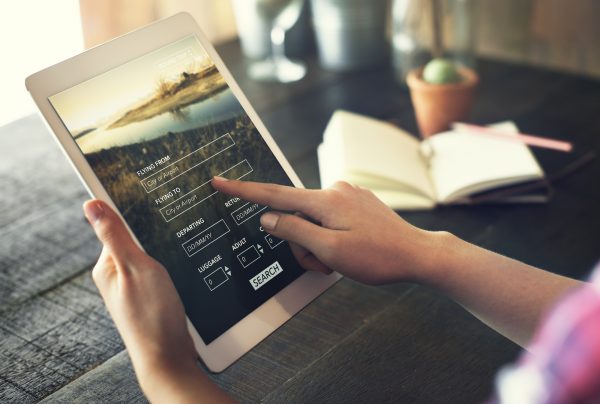
What is Rate Parity?
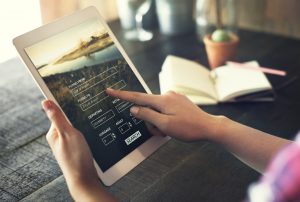 Hotel rate parity refers to the same rates being provided for the same hotel room across all websites. This protects OTAs from being undercut by their competitors in the online marketplace. Rate parity provides consumers the confidence that regardless of which website they prefer to book on, they are still getting the best available rate.
Hotel rate parity refers to the same rates being provided for the same hotel room across all websites. This protects OTAs from being undercut by their competitors in the online marketplace. Rate parity provides consumers the confidence that regardless of which website they prefer to book on, they are still getting the best available rate.
Does Rate Parity Hurt or Help Hotels?
Rate parity came into play from the rise of online travel agencies (OTAs) like Expedia and Travelocity. In short, OTAs book hotel rooms, and at the end of the day, hoteliers need heads in beds.åÊHowever, rate parity also dictates that hotels can not advertise a lower rate than OTAs on even their own brand websites.
The challenge of rate parity is balancing the bookings received due to the OTA’s marketing dollars with the revenue you’re losing by giving a lower rate and paying commissions. According to Skift, in 2015 Priceline spent an estimated $2.8 billion on marketing ÛÒ 28 times the $100 million Marriott spent.
OTAs, and by extension, rate parity, helps book hotel rooms. But there are ways that hoteliers can ÛÒåÊand are ÛÒåÊfighting back against rate parity to offer better rates to loyal guests while saving on commissions.
How to Succeed Against Rate Parity
There are three main ways to attract direct, commission-free bookings while working with rate parity.
- Closed user groups
- Offer incentives
- Provide a better booking experience
Closed User Groups
 When negotiating with OTAs, a “closed user group” clause can allow both the hotel and the OTA to provide special rates to a group. This usually takes the form of registered users who sign-in to OTAs and rewards members of hotels. While the closed user group may help attract users to book directly through you, it may also be providing discounts to loyal customers who would have booked with you at full price. åÊMeanwhile, OTAs are also growing their own closed user groups, so it might not bring in many new users who are not already brand-loyal to you.
When negotiating with OTAs, a “closed user group” clause can allow both the hotel and the OTA to provide special rates to a group. This usually takes the form of registered users who sign-in to OTAs and rewards members of hotels. While the closed user group may help attract users to book directly through you, it may also be providing discounts to loyal customers who would have booked with you at full price. åÊMeanwhile, OTAs are also growing their own closed user groups, so it might not bring in many new users who are not already brand-loyal to you.
Offering Incentives
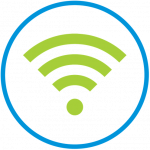 Developing hotel packages to run at the same rate as the hotel room alone on OTA sites is one of the best ways to encourage guests to book directly with your hotel.åÊSimply waiving the parking fee or providing free Wi-Fi could be enough incentive to push a guest to book directly. Crunch the numbers to make sure that the cost of what you’re giving away is less than the commission you would be paying out.
Developing hotel packages to run at the same rate as the hotel room alone on OTA sites is one of the best ways to encourage guests to book directly with your hotel.åÊSimply waiving the parking fee or providing free Wi-Fi could be enough incentive to push a guest to book directly. Crunch the numbers to make sure that the cost of what you’re giving away is less than the commission you would be paying out.
Booking Experience
 If you’ve been on an OTA website, you know it can be overwhelming. There are animated ads and pop-ups,åÊconfusing deals, and high-pressure calls to action. Many prefer to book directly and avoid the information overload. When comparing a cluttered OTA with a clean hotel website, which would you choose?
If you’ve been on an OTA website, you know it can be overwhelming. There are animated ads and pop-ups,åÊconfusing deals, and high-pressure calls to action. Many prefer to book directly and avoid the information overload. When comparing a cluttered OTA with a clean hotel website, which would you choose?
Provide a Better Booking Experience
To compete with OTAs for direct bookings, you muståÊprovide travelers with an easier way to book. In addition to having a website that’s easy to navigate, you should also include booking buttons on your Facebook page. Finally, do an audit of online listings of your hotel to check that all phone numbers, addresses, and other contact information are up-to-date. It should be as easy as possible for a person to contact your hotel.
Need help getting started?
Learn about Travel Media Group’s comprehensive hotel marketing packages.åÊWhether you need a responsive hotel website or want to clean up your hotel listing across hundreds of directories, our unique solutions help hoteliers across the country boost direct bookings and decrease dependence on OTAs.
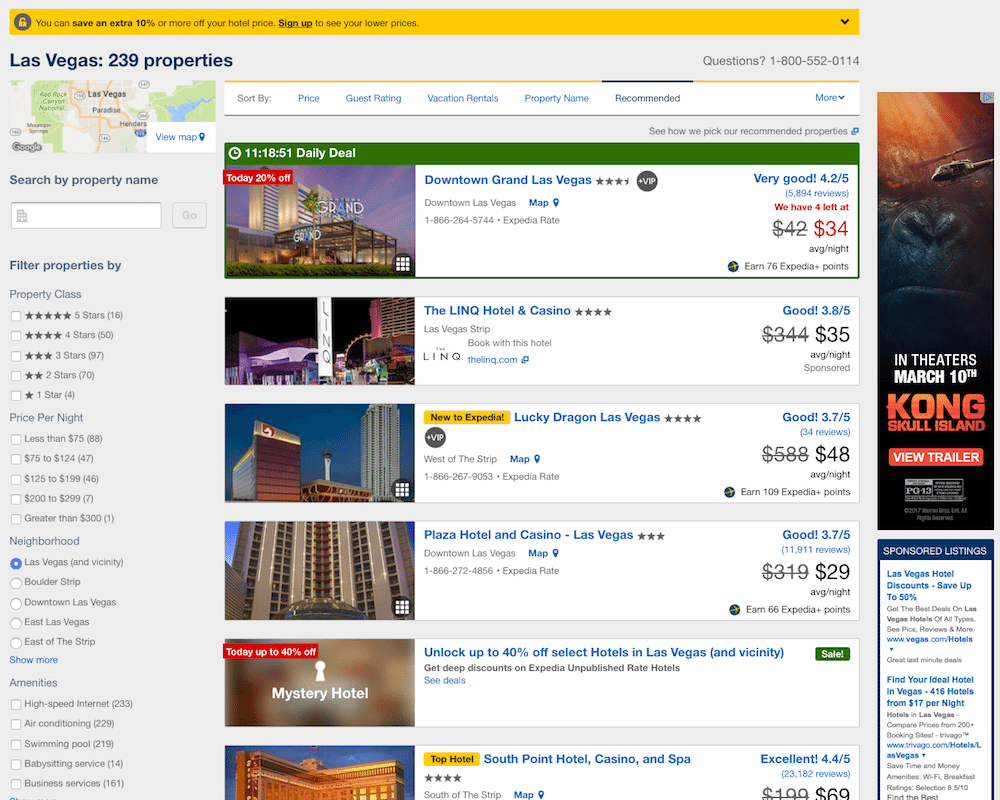
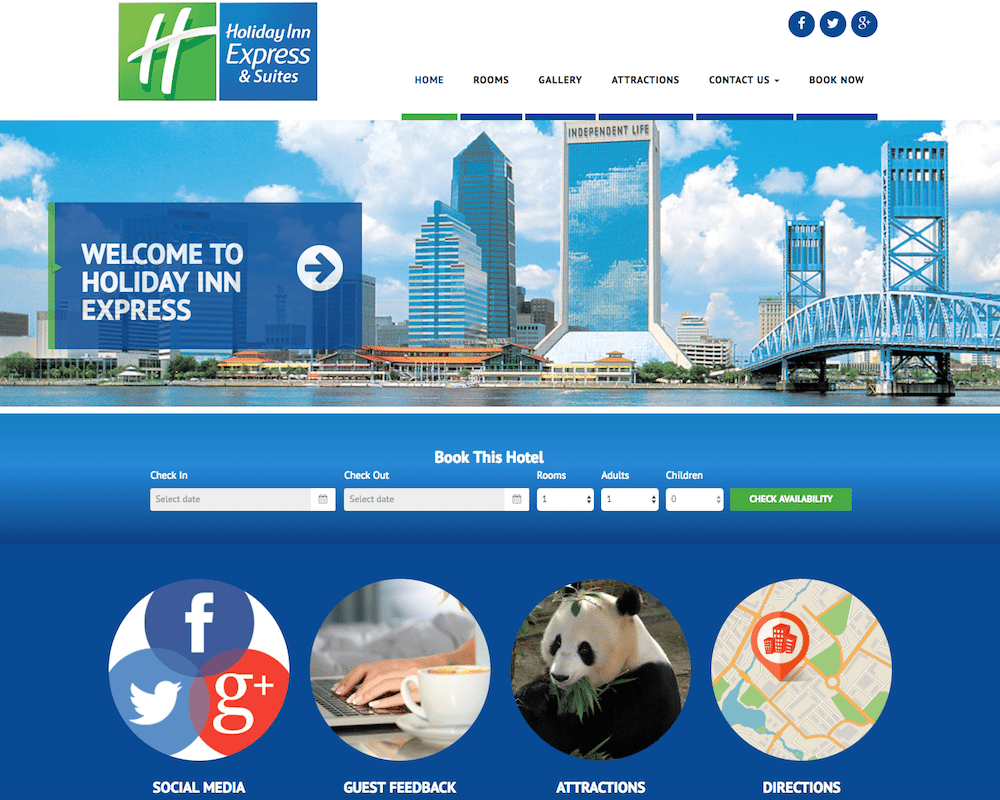
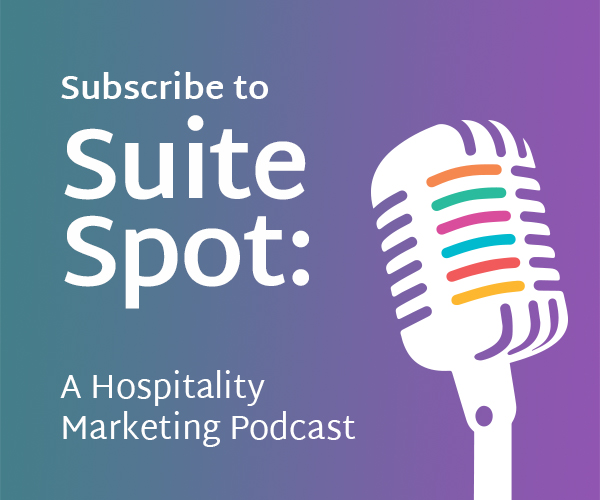
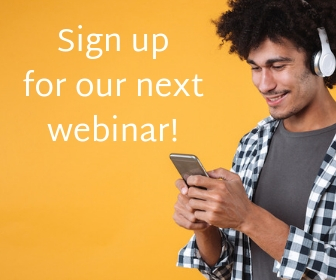
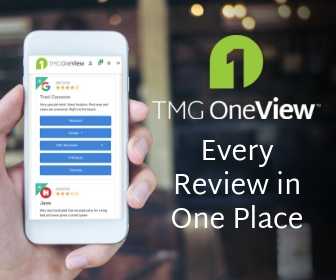
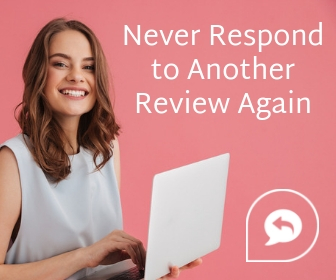
0 Comments